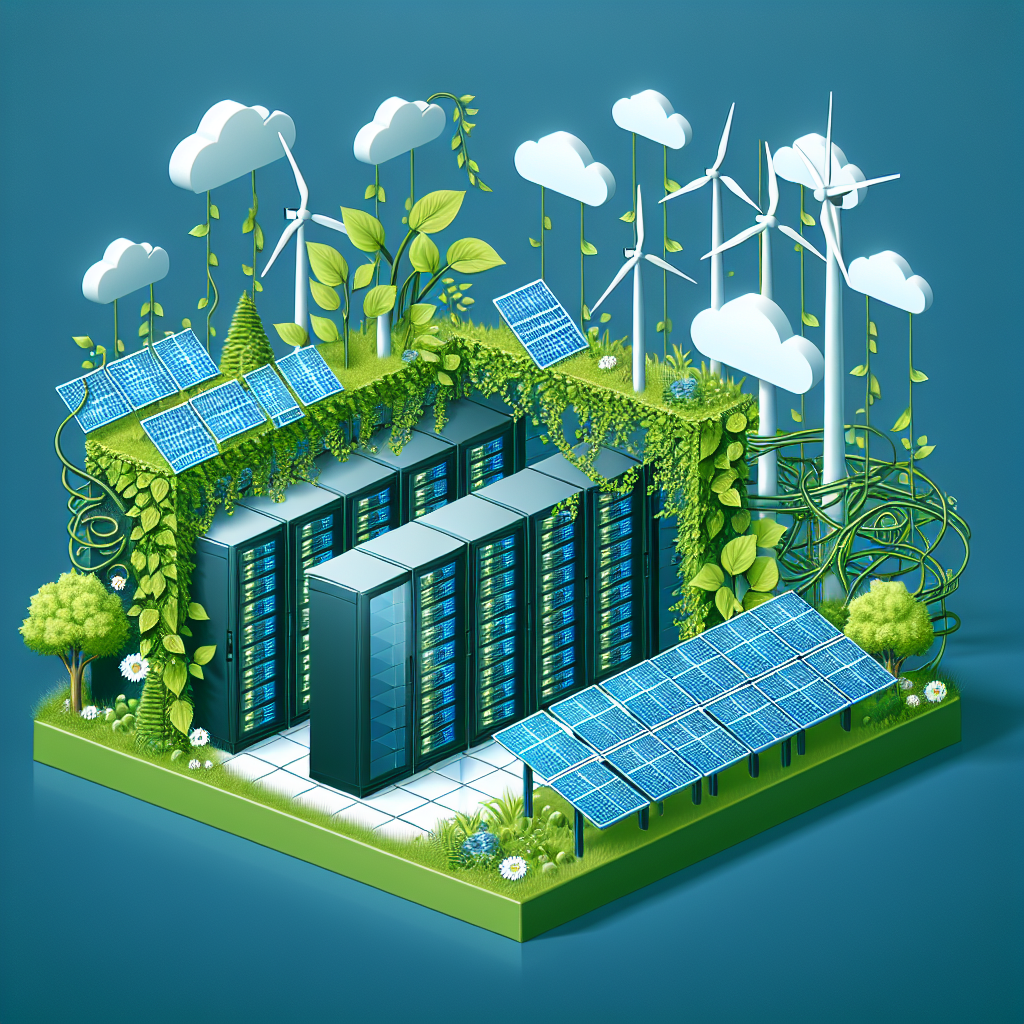Eco-Friendly Practices for Data Center Cooling and Energy Management
As technology continues to advance at a rapid pace, the demand for data centers is increasing exponentially. These data centers are essential for storing and processing large amounts of data for businesses, organizations, and individuals. However, data centers also consume a significant amount of energy, leading to high electricity bills and a large carbon footprint.
In recent years, there has been a growing emphasis on eco-friendly practices for data center cooling and energy management. By implementing sustainable solutions, data centers can reduce their environmental impact while also saving on operational costs. Here are some eco-friendly practices that data centers can adopt:
1. Energy-efficient cooling systems: Cooling systems are essential for maintaining optimal temperatures in data centers to prevent equipment from overheating. However, traditional cooling systems consume a large amount of energy. By upgrading to energy-efficient cooling systems, such as liquid cooling or free cooling, data centers can significantly reduce their energy consumption and carbon emissions.
2. Renewable energy sources: Data centers can also reduce their carbon footprint by sourcing electricity from renewable energy sources, such as solar or wind power. By investing in renewable energy, data centers can reduce their reliance on fossil fuels and lower their environmental impact.
3. Virtualization: Virtualization technology allows data centers to consolidate multiple physical servers into virtual machines, reducing the overall number of servers needed. This not only saves space but also reduces energy consumption and cooling requirements. By optimizing server utilization through virtualization, data centers can improve energy efficiency and reduce their carbon footprint.
4. Temperature and humidity control: Monitoring and controlling temperature and humidity levels in data centers is crucial for efficient cooling and energy management. By using advanced sensors and automation systems, data centers can optimize cooling operations and reduce energy waste. Implementing a hot aisle/cold aisle layout and containment systems can also improve airflow and cooling efficiency.
5. Energy monitoring and management: Data centers can track and analyze their energy consumption using advanced monitoring and management tools. By identifying energy-intensive areas and optimizing energy usage, data centers can reduce their electricity bills and environmental impact. Implementing energy management software can help data centers track energy usage in real-time and make informed decisions to improve efficiency.
By adopting eco-friendly practices for data center cooling and energy management, data centers can reduce their environmental impact and contribute to a more sustainable future. Investing in energy-efficient cooling systems, renewable energy sources, virtualization technology, temperature and humidity control, and energy monitoring and management can help data centers improve efficiency, reduce costs, and minimize their carbon footprint. It is essential for data centers to prioritize sustainability and implement eco-friendly practices to support a greener and cleaner environment.


